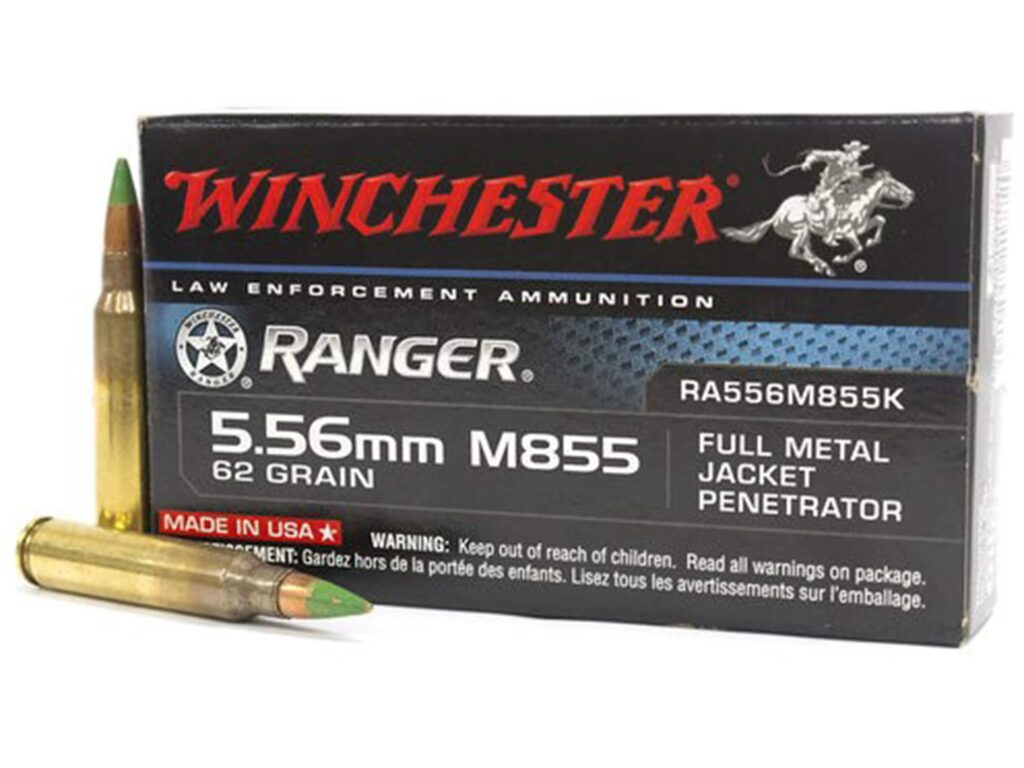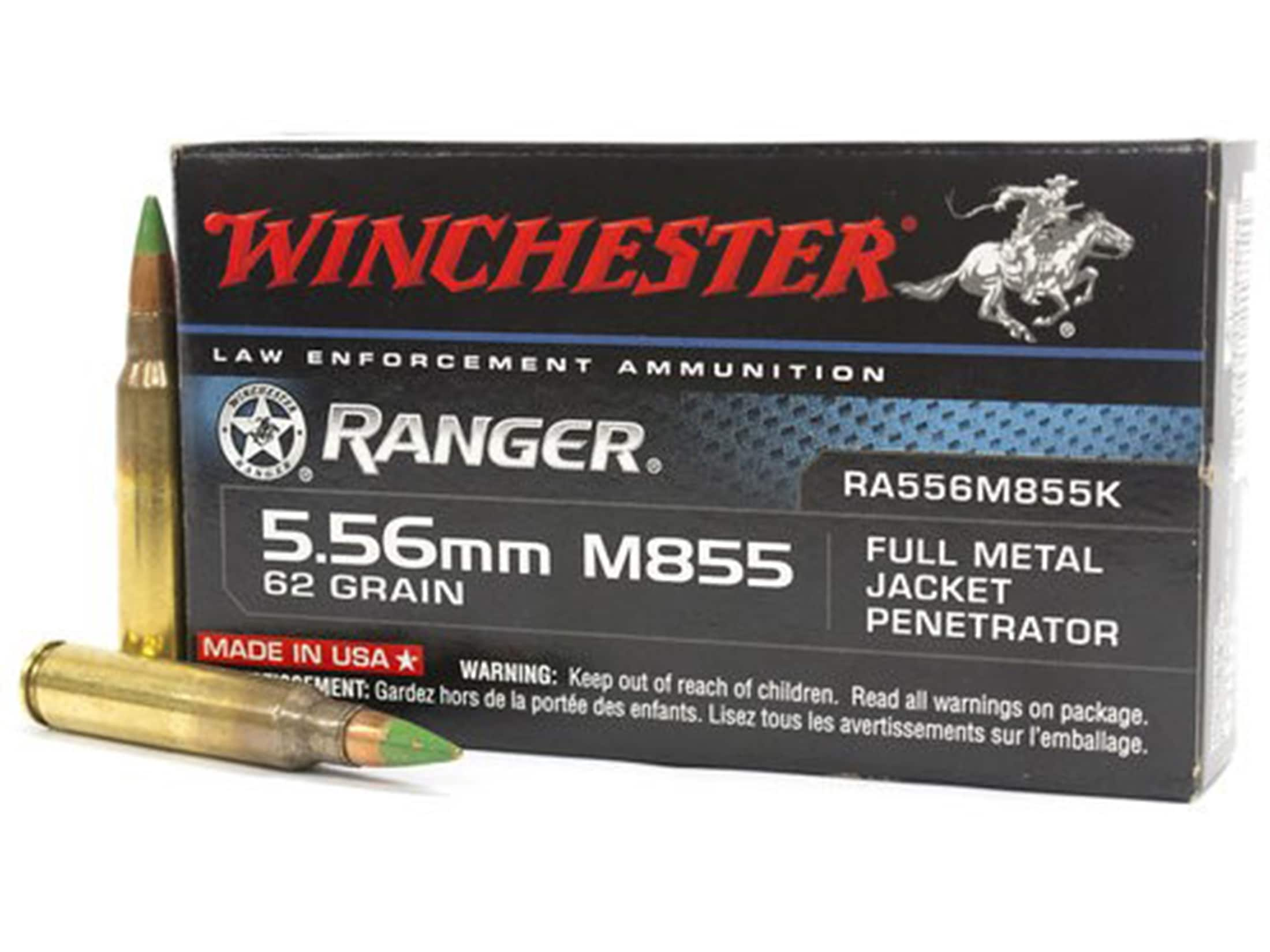
Law Enforcement Ammo: A Comprehensive Guide
The selection and utilization of law enforcement ammo are critical aspects of modern policing. Choosing the right ammunition can significantly impact officer safety, effectiveness in the field, and the overall outcome of critical incidents. This comprehensive guide delves into the various types of law enforcement ammo, the standards governing their performance, and emerging trends shaping the future of ammunition technology for law enforcement agencies.
Understanding the Importance of Quality Law Enforcement Ammo
The role of law enforcement ammo extends far beyond simply firing a projectile. It encompasses a complex interplay of factors, including accuracy, stopping power, penetration, and minimizing the risk of over-penetration. Each of these elements contributes to the overall effectiveness and safety of both officers and the public.
- Officer Safety: Reliable ammunition is paramount to ensure that officers can confidently and effectively defend themselves in life-threatening situations. Malfunctions or inconsistencies in ammunition performance can have dire consequences.
- Effectiveness in the Field: The right ammunition can enhance an officer’s ability to quickly and decisively neutralize threats while minimizing collateral damage.
- Legal and Ethical Considerations: Law enforcement agencies must carefully consider the legal and ethical implications of their ammunition choices, ensuring that their selections align with departmental policies and community expectations.
Types of Law Enforcement Ammunition
The market offers a wide range of law enforcement ammo, each designed for specific purposes and scenarios. Understanding the characteristics of each type is crucial for making informed decisions.
Handgun Ammunition
Handguns are the primary firearm for most law enforcement officers. Common handgun ammunition types include:
- Full Metal Jacket (FMJ): FMJ rounds are characterized by a lead core encased in a copper or brass jacket. They offer reliable feeding and penetration but may lack optimal stopping power. They are often used for training purposes due to their lower cost.
- Jacketed Hollow Point (JHP): JHP rounds are designed to expand upon impact, creating a larger wound cavity and increasing stopping power. This expansion also reduces the risk of over-penetration, making JHP ammunition a popular choice for duty use.
- Frangible Ammunition: Frangible rounds are designed to disintegrate upon impact with hard surfaces, minimizing the risk of ricochet and collateral damage. They are often used in close-quarters combat situations or in areas where over-penetration is a significant concern.
Rifle Ammunition
Rifles, such as AR-15 platforms, provide officers with increased range and accuracy. Common rifle ammunition types include:
- 5.56mm NATO: This is a widely used cartridge in law enforcement and military applications. It offers a balance of accuracy, range, and stopping power.
- .223 Remington: Similar to 5.56mm NATO, the .223 Remington is another popular choice for law enforcement rifles. While ballistically similar, there are slight differences in chamber pressure and cartridge dimensions.
- .308 Winchester (7.62mm NATO): This cartridge offers increased range and stopping power compared to 5.56mm NATO and .223 Remington, making it suitable for longer-range engagements.
Shotgun Ammunition
Shotguns are versatile firearms used for a variety of purposes, including breaching, crowd control, and close-quarters combat. Common shotgun ammunition types include:
- Buckshot: Buckshot consists of multiple large pellets that spread upon firing, increasing the chances of hitting a target at close range.
- Slugs: Slugs are single, heavy projectiles that offer increased range and accuracy compared to buckshot.
- Less-Lethal Rounds: Less-lethal rounds, such as beanbag rounds or rubber bullets, are designed to incapacitate subjects without causing serious injury.
Standards and Testing for Law Enforcement Ammunition
Rigorous testing and adherence to industry standards are essential to ensure the reliability and performance of law enforcement ammo. Several organizations play a key role in establishing these standards.
- Sporting Arms and Ammunition Manufacturers’ Institute (SAAMI): SAAMI establishes technical standards for ammunition, ensuring interchangeability and safety.
- National Institute of Justice (NIJ): NIJ conducts research and testing on law enforcement ammo to evaluate its performance and effectiveness.
- Independent Testing Laboratories: Independent laboratories provide unbiased testing and evaluation of ammunition, helping law enforcement agencies make informed purchasing decisions.
Key performance characteristics evaluated during testing include:
- Accuracy: The ability of the ammunition to consistently hit the intended target.
- Velocity: The speed of the projectile, which affects its energy and trajectory.
- Penetration: The depth to which the projectile penetrates a target.
- Expansion: The degree to which a hollow-point bullet expands upon impact.
- Reliability: The consistency and reliability of the ammunition’s performance.
Factors Influencing Ammunition Selection
Choosing the right law enforcement ammo requires careful consideration of various factors, including:
- Departmental Policies: Ammunition selection must align with departmental policies and guidelines regarding the use of force.
- Threat Assessment: The types of threats officers are likely to encounter will influence the choice of ammunition.
- Environmental Conditions: Environmental factors, such as temperature and humidity, can affect ammunition performance.
- Firearm Compatibility: Ammunition must be compatible with the firearms used by the agency.
- Budget: Budgetary constraints may limit the range of ammunition options available.
Emerging Trends in Law Enforcement Ammunition
The field of law enforcement ammo is constantly evolving, with new technologies and innovations emerging regularly. Some of the key trends include:
- Lead-Free Ammunition: Growing concerns about the environmental impact of lead have led to the development of lead-free ammunition alternatives.
- Optimized Hollow Points: Manufacturers are continuously refining hollow-point designs to improve expansion and penetration characteristics.
- Smart Ammunition: Smart ammunition incorporates electronic components that can track and control the projectile’s trajectory, enhancing accuracy and reducing the risk of unintended harm. [See also: Smart Gun Technology: Benefits and Concerns]
- Reduced-Recoil Ammunition: Reduced-recoil ammunition can improve officer control and accuracy, particularly for officers with smaller stature or less experience.
The Future of Law Enforcement Ammo
The future of law enforcement ammo is likely to be shaped by a combination of technological advancements, evolving threats, and changing societal expectations. We can anticipate seeing further developments in lead-free ammunition, optimized hollow-point designs, and smart ammunition technologies. Additionally, there will be a continued focus on improving officer safety, minimizing collateral damage, and promoting transparency and accountability in the use of force. Law enforcement agencies must stay informed about these trends and adapt their ammunition selection strategies accordingly to ensure they are equipped with the most effective and appropriate tools for the job. The responsible and informed selection of law enforcement ammo is paramount to protecting both officers and the communities they serve.
Ultimately, the selection of law enforcement ammo is a critical decision that requires careful consideration of a wide range of factors. By understanding the different types of ammunition available, the standards governing their performance, and the emerging trends shaping the future of ammunition technology, law enforcement agencies can make informed choices that enhance officer safety, improve effectiveness in the field, and promote responsible policing practices. The ongoing dialogue between law enforcement, manufacturers, and the community is essential to ensuring that law enforcement ammo continues to evolve in a way that serves the best interests of all stakeholders. The use of appropriate law enforcement ammo can significantly contribute to de-escalation and safety.
The implementation of proper training programs is crucial for officers to effectively utilize their law enforcement ammo. These programs should cover various scenarios and stress the importance of accuracy and ethical considerations. Furthermore, regular evaluations of the law enforcement ammo being used should be conducted to ensure it continues to meet the needs of the department and aligns with current best practices. Adopting a proactive approach to law enforcement ammo selection and training can greatly enhance the safety and effectiveness of law enforcement operations. The careful selection of law enforcement ammo is an ongoing process that requires continuous evaluation and adaptation to meet the evolving challenges faced by law enforcement agencies. The choice of law enforcement ammo also reflects the agency’s commitment to minimizing harm and promoting community safety.

